Stephanie Malia Krauss on 10 Ways to Help Kids Live, Learn and Thrive
Key Points
-
The framework of brain, body, and belly is critical to a child’s learning.
-
We must start considering the fact that most of our young learners are going to require 22nd Century skills and the ability to better forecast.
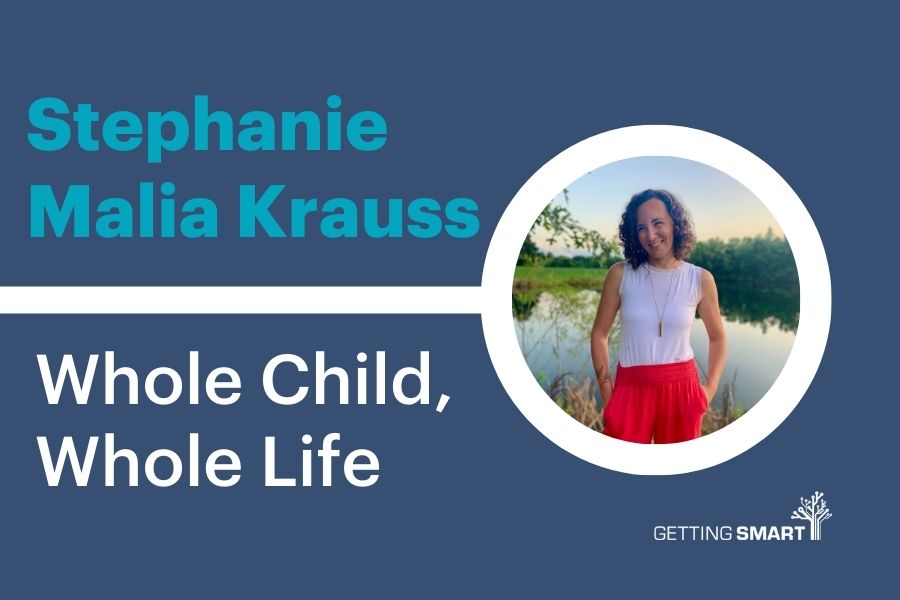
On this episode of the Getting Smart Podcast, Rebecca Midles is joined by a former guest on the Getting Smart Podcast and a friend of Getting Smart, Stephanie Malia Krauss. Stephanie is the author of multiple books, including Making It and the new Whole Child, Whole Life: 10 Ways to Help Kids Live, Learn, and Thrive.
In the same way we talk about lifelong learning we can talk about lifelong thriving.
Stephanie Malia Krauss
Transcript
Rebecca Midles: You’re listening to the Getting Smart podcast. I’m Rebecca Midles, and today I’m joined by Stephanie Malie Krauss, a former guest and a friend of Getting Smart. Stephanie is the author of multiple books, including Making It and the new Whole Child, Whole Life: 10 Ways to Help Kids Live, Learn, and Thrive. Thank you so much for being here.
Stephanie Krauss: I couldn’t be more excited to be here. Getting Smart was my first podcast for my first book, and it was in the middle of the pandemic. Here we are, a couple of years later—I’m still in my basement, but life feels a bit safer, brighter, and more hopeful. I’m really glad to be with you.
Rebecca Midles: I’m so glad. For anyone who hasn’t had a chance to hear that earlier episode, I encourage you to listen to it. I went back and re-listened to it before this one, and it’s worth it. So please check out our earlier conversation about Making It, another wonderful book. It’s great to have you here again with a new book. I appreciate the personal stories you share and the connections you make, especially as a parent during the pandemic. What brought you from Making It to Whole Child, Whole Life?
Stephanie Krauss: Making It was about what young people need to be ready for the future—the future of learning, work, and an often unfair and unjust world. It was like a love letter to the frontline educators, addressing questions I’d had when I was teaching and running a school about what kids really needed to be prepared for adulthood and real life. I didn’t get answers until I left school and started engaging in national conversations, which often missed voices from the front lines. So, Making It was my way of saying, “Here’s what young people need to be ready for adulthood.” The book came out in the middle of the pandemic, and every time I talked to groups—whether parents, counselors, teachers, or administrators—they would express gratitude for that insight. But they would also ask a heartfelt question: “But how do we keep our kids well, especially now?”
As a parent of two boys, aged 10 and 12, I was asking that same question. I knew that to thrive, kids had to be ready and well. So, in a way, Whole Child, Whole Life is like the “cousin” of Making It. For our kids to be okay, they need to be prepared for the world, and they also need to be healthy and whole. Making It was about “doing,” while Whole Child, Whole Life is about “being.” I wanted to make it clear that anyone who spends time with kids has a responsibility to care for them, whether they call them students, clients, athletes, or participants.
Rebecca Midles: I love how you call it “being timely and timeless.” You definitely hit that mark, especially as you speak to the current issues like youth mental health and the post-pandemic reality. I also love how you start the book with a personal story, profiling yourself in a way that shows how society might define you, and then transitioning into the first part of your book about learner portraits and creating them. Could you tell us more about turning profiles into portraits?
Stephanie Krauss: Absolutely. Whole Child, Whole Life is divided into three parts. The first part is about creating whole child portraits that see kids in context, beyond a single system or setting. The second part outlines ten practices to support young people at every age, with the hope that they internalize these practices to thrive throughout their lives. The final part is about knowing when it’s working—what wholeness looks like when it’s happening.
In schools, we often work on profiles of graduates, which are usually back-mapped from graduation requirements, focusing on what students need to be ready for college and careers. While profiles are helpful, they often miss the whole picture. I wanted to create a developmentally comprehensive picture of young people, seeing them in high-definition color—not just as profiles, but as portraits. I start the book by profiling myself, showing how people might have made assumptions about me based on where I lived, who my family was, and my background. But those details don’t tell the whole story. To truly understand a child, we need to know their health, development, the people and places around them, and, ultimately, what makes them come alive.
Rebecca Midles: That resonates with me. We often profile learners based on benchmarks, but it’s so important to look deeper, especially at strengths and struggles. I also love the story you share about your son’s health impacting his learning and well-being. Can you expand on how understanding brain, body, and health is crucial for a child’s overall well-being?
Stephanie Krauss: Yes, my older son woke up with severe OCD symptoms in the middle of the pandemic, and we thought he needed mental health treatment. It turned out he had strep throat, which can sometimes trigger a neurological reaction, especially in children. He needed antibiotics for the infection and specialized therapy for the OCD symptoms that had developed.
This experience led me to look deeper into how physical health impacts a child’s ability to live and learn. In the book, I introduce the “Brain, Body, Belly” approach, emphasizing how interconnected these areas are. For example, inflammation, trauma, or an iron deficiency can affect a child’s behavior or focus. We need to break down walls between all the adults caring for a child because we each hold pieces of the puzzle. At the same time, we should recognize the positive effects of health—like movement and sleep—on a child’s development and well-being.
Rebecca Midles: You make it clear that thriving is not a one-time achievement but a state children move in and out of based on resources. Could you explain more about thriving as a state rather than a destination?
Stephanie Krauss: Thriving isn’t something kids achieve and hold onto permanently. It’s more like an EKG, going up and down, with children moving in and out of thriving based on the support they have. For example, a child might not thrive at home but could experience a period of thriving in a supportive classroom. Our role as educators, caregivers, and communities is to create and extend these moments of thriving, so children experience more of them and for longer stretches.
Rebecca Midles: You have a practical approach to making these ideas actionable. At the end of each section, you include a “Learn, Reflect, and Act” section. I think this is a great tool for readers. Could you talk a bit about how learning systems can adopt these whole-life practices?
Stephanie Krauss: Absolutely. My goal was to provide a guidebook that’s comprehensive yet digestible, offering both insights and practical tools. Schools and districts can use this book as a resource, especially when they want to take an inventory of their own practices. Each of the ten whole-life practices isn’t prescriptive but rather a framework to think about caring for kids. Schools can assess where they are on each practice and choose specific ones to prioritize each year.
Rebecca Midles: This is such a timely resource. I love the accessibility and the beautiful illustrations that make it easy to follow. Can we talk about the future-focused aspect of your work—raising future centenarians and 22nd-century skills?
Stephanie Krauss: Research suggests that many of today’s young people, if given the right resources and opportunities, could live to be 100 or even longer. We’re still talking about 21st-century skills, but many of these kids might live and work well into the 22nd century. So, while it’s impossible to prepare them for everything, we need to help them develop a mindset for a long and livable life. It’s about equipping them for both now and the future—helping them thrive in the present while considering the assets they’ll carry for a lifetime.
Rebecca Midles: I love how you explore future forecasting, not just as a concept but as a skill kids can learn. It’s empowering for them to imagine and create their own futures.
Stephanie Krauss: Exactly. Just as we teach innovative thinking, we can also teach future forecasting, helping young people develop agency and imagination around their possible futures. They can become active agents in creating their own paths, envisioning positive futures, and even playing a role in shaping them.
Rebecca Midles: This book will be a fantastic resource for those working with kids. Where can listeners go to learn more about it?
Stephanie Krauss: Listeners can learn more about the book at wholechildwholelife.com, where we’ll also have free downloadable charts and tools. For those interested in getting a head start, there’s a preorder page where you can get the first 50 pages for free. This book is great for anyone who cares about kids, offering a reset before the next school year.
Rebecca Midles: It truly is beautifully illustrated and easy to follow. Thank you, Stephanie, for making time to share this with us today.
Stephanie Krauss: Thank you, Rebecca. I really appreciate it.
Links:




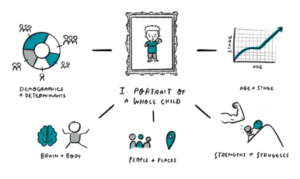
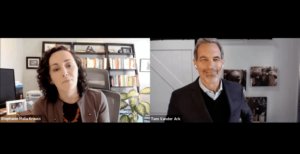
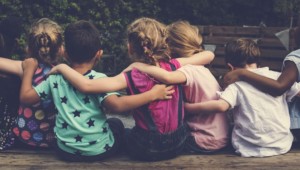
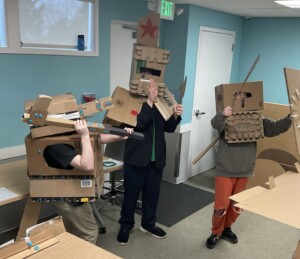
0 Comments
Leave a Comment
Your email address will not be published. All fields are required.